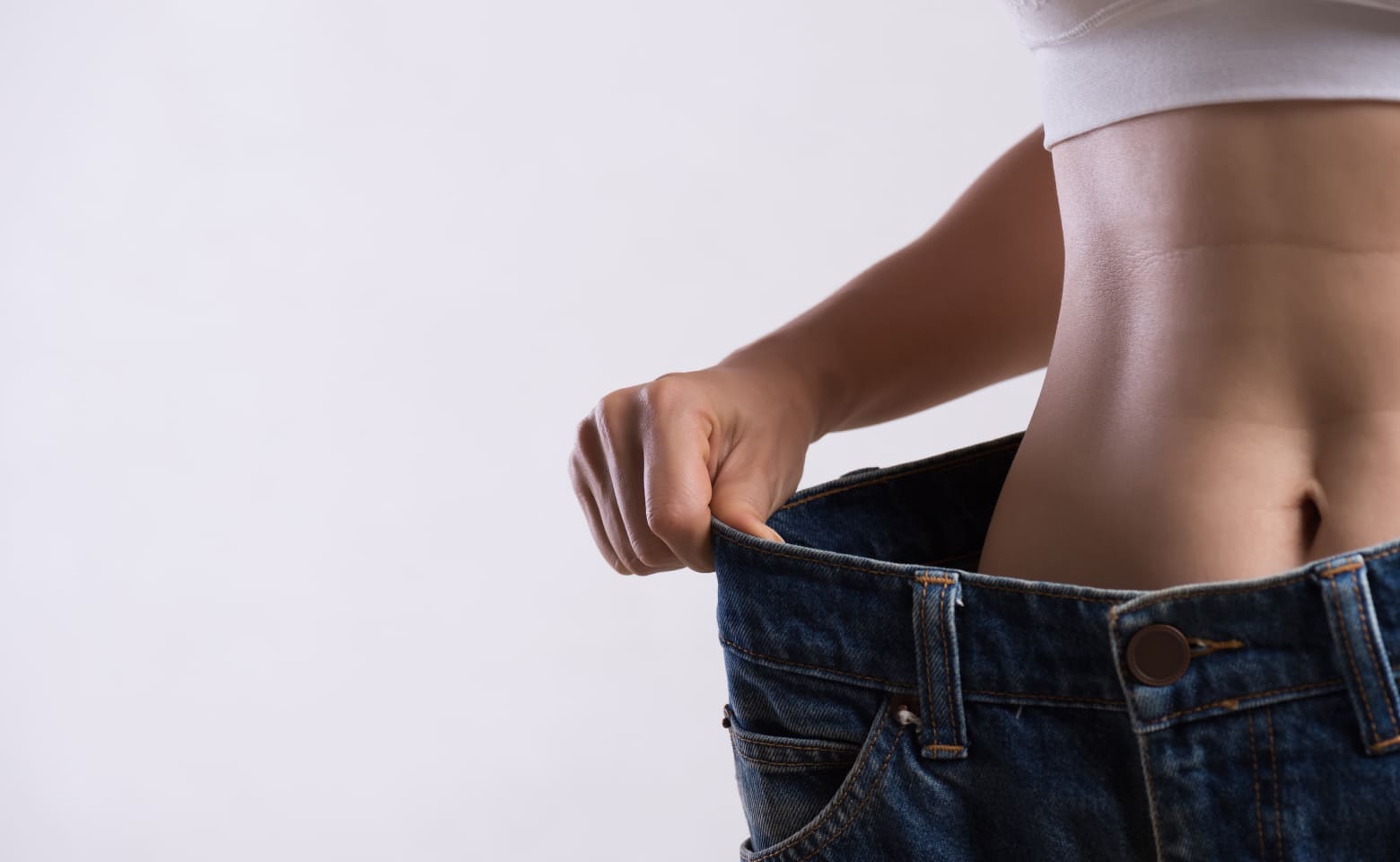
Female and male weight loss are two different processes that have their own characteristics and require an individual approach. Let's look at them in more detail.
Physiological differences
The first thing to consider is the differences in the physiology of men and women. Men have
higher
testosterone levels, which contributes to a rapid gain of muscle mass and accelerates
metabolism. Women
have more adipose tissue, especially in the hips and buttocks, which is associated with
reproductive
function.
Approach to training
Men and women also differ in their approach to training. Men often prefer strength training,
which is
aimed at gaining muscle mass and increasing strength. Women are more likely to choose cardio
exercises,
such as running, zumba or aerobics, which help burn fat and improve the cardiovascular
system.
Food
Nutrition also plays an important role in the weight loss process. Men often have a higher
metabolic rate,
which allows them to consume more calories without gaining weight. However, men often
consume more
protein, which helps them maintain muscle mass and accelerate metabolism. Women often have
higher levels
of estrogen, which can lead to fluid retention and an increase in volume.
Psychological aspects
Finally, it is worth mentioning the psychological aspects of weight loss. Women often face a
lot of
pressure from society and the media, which impose on them the ideal of a slim figure. This
can lead to
negative emotions and stress, which makes it difficult to lose weight. Men usually do not
have such a
crush, which can contribute to a more relaxed approach to the weight loss process.
Results
Thus, female and male weight loss have their own characteristics and require an individual
approach.
Taking into account the physiological, training, nutritional and psychological aspects, you
can achieve
the desired results and get your body in shape.